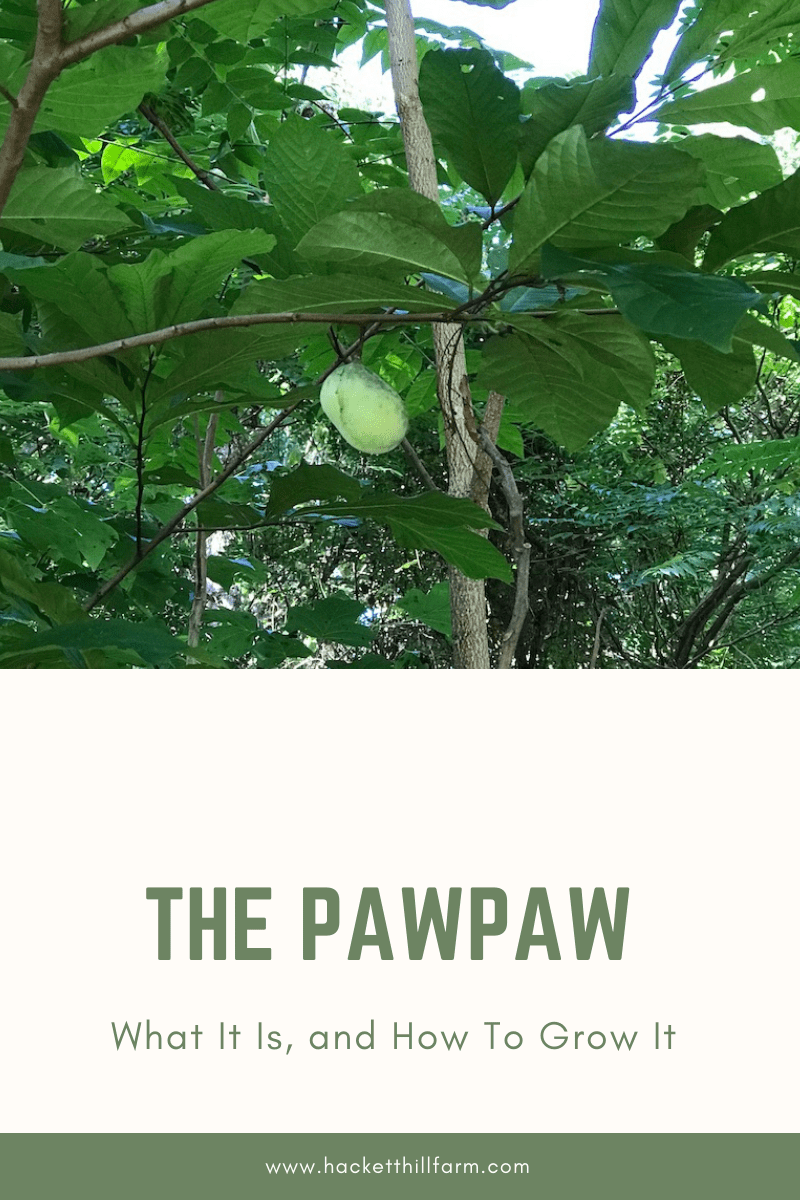
The PawPaw- What It Is and How to Grow It
Growing up in West Virginia, I had heard of a PawPaw, but never in my life had I ever seen one. I honestly didn’t really even know what it was until my husband walks into the kitchen a few nights ago and says “Babe, what is this?” cracking open a 5 inch long oval greenish maroon fruit. The smell was sweet and delicious like a banana mixed with citrus. It was a delightful scent, but I still had no idea what he had found or if it was something we should try to eat. So I did what I always do when I have no idea what a plant is, I texted my cousin. She knows everything there is to know about plants and how to use them.

The Pawpaw is the fruit of the Pawpaw tree that grows in either tree or shrub form depending on the dispersion of sunlight. This fruit is also known as the Prairie Banana or Poor Man’s Banana. They typically grow in higher acid moist soil. It can take up to 5 years for a tree to begin bearing fruit that has a custard like tropical flavor that is similar to a citrusy banana. The Pawpaw fruit is the largest indigenous fruit in North America and can be found along the eastern coast from Canada to Florida. With a harvest occurring in mid-September to early October, it makes this fruit a deliciously tropical fall harvest. However, the fruit’s perishability makes it difficult to sell commercially which may lend to why it is not widely known.
I was so ecstatic to learn what a treasure we had growing right outside of our back door! Our little Hackett Hill has provided us with an abundance of blessings. In the spring we are blessed with a hillside filled with earthy morel mushrooms. The summer brings us deliciously sweet raspberries and blackberries along with the pungently spicy scent of mint. The fall brings us black walnuts, pawpaws, venison, and squirrels. I am sure there are countless other treasures on this hillside that are yet to be discovered.
As soon as I had discovered what we had, I set to work looking up how these delicious fruits could be used and how to ensure we had bountiful harvest after harvest. The first I learned is that you can in fact grow these trees from seed, however they are not self pollinators so they will need some help. Growing from seed will take 5 plus years for a tree to grow and yield fruit, and these trees are known to be finicky in the amount of sunlight that they need. In the wild these trees grow in the understory of the forest which provides them protection from the wind and sun. When growing from seed, you will want to ensure this is kept in mind.

When harvesting the seeds from the fruit, you will find they are in a sort of casing. You will want to remove them cleanly from the casing and wrap them loosely in a damp paper towel and store them in the fridge for 180 days. Before planting, soak the seeds in warm water for 24 hours. These trees do not transplant well so plant in a large container or in a space they will remain for their life. The first few years of life, these little seedlings will not appear to do too much as they are ensuring all their energy goes into building a strong root system. These are taproot trees which is why transplanting is not a viable option for this plant.
This deliciously tropical fruit can be used in much the same way as bananas, often times as a substitute for the often used yellow fruit. Since it is so highly perishable in its fresh form, the fruit can be peeled, seeded, and frozen to be used later in the season in baked goods like bread, custards, and ice creams. Check out our recipe for Pawpaw Bread under Good Eats along with a lot of other delicious recipes.
Regardless of where you live, you never know what may be right outside your back door. What are your favorite things to grow, forage, or hunt for? Leave us a comment below!
Don’t forget to also follow us on Instagram for more farm fun!
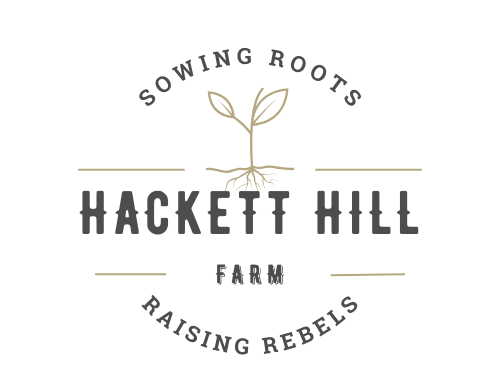

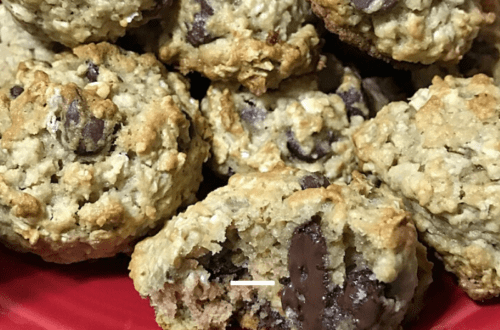
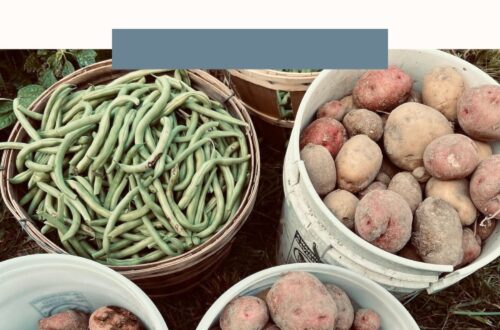
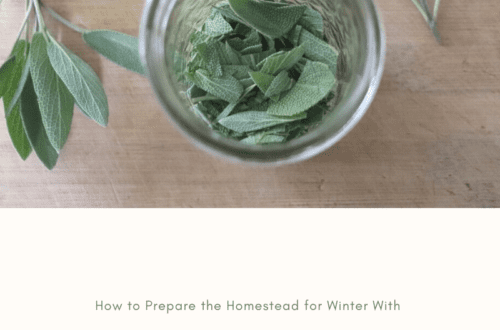
One Comment
Nancy
So interesting. Just a few weeks ago I drove through the small town of Paw Paw, West Virginia and saw a Paw Paw processing plant. I had heard the song/nursery rhyme as a child in Ohio, but never really knew what they were. Thanks for the information.